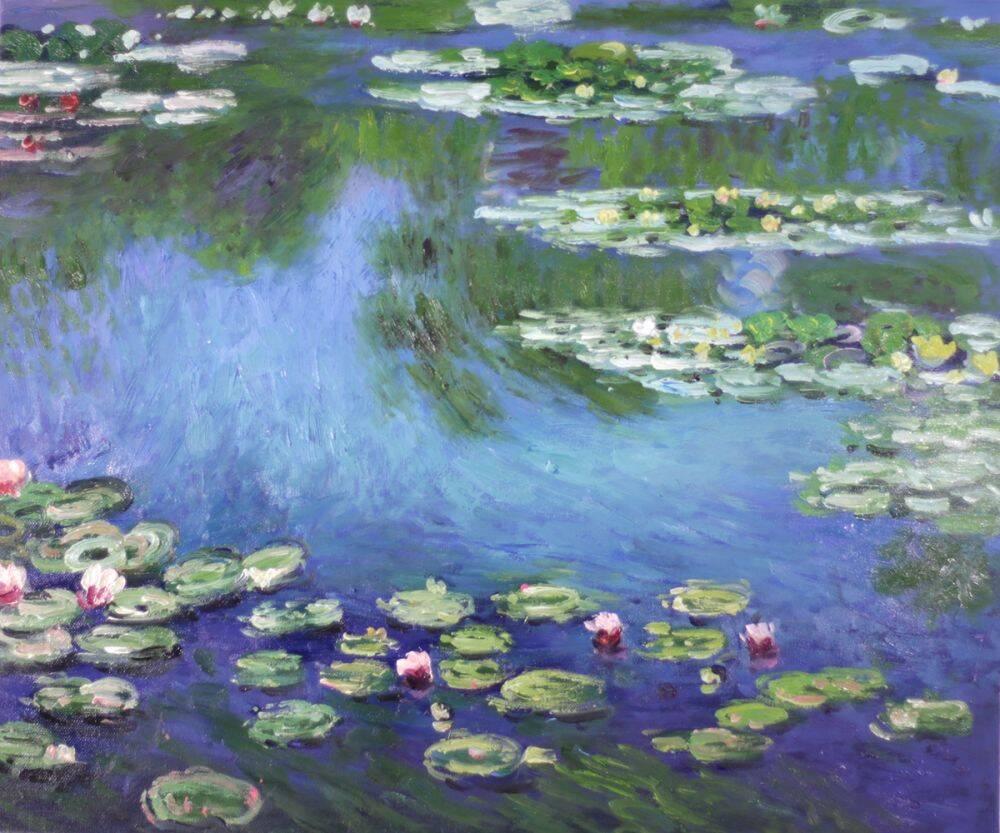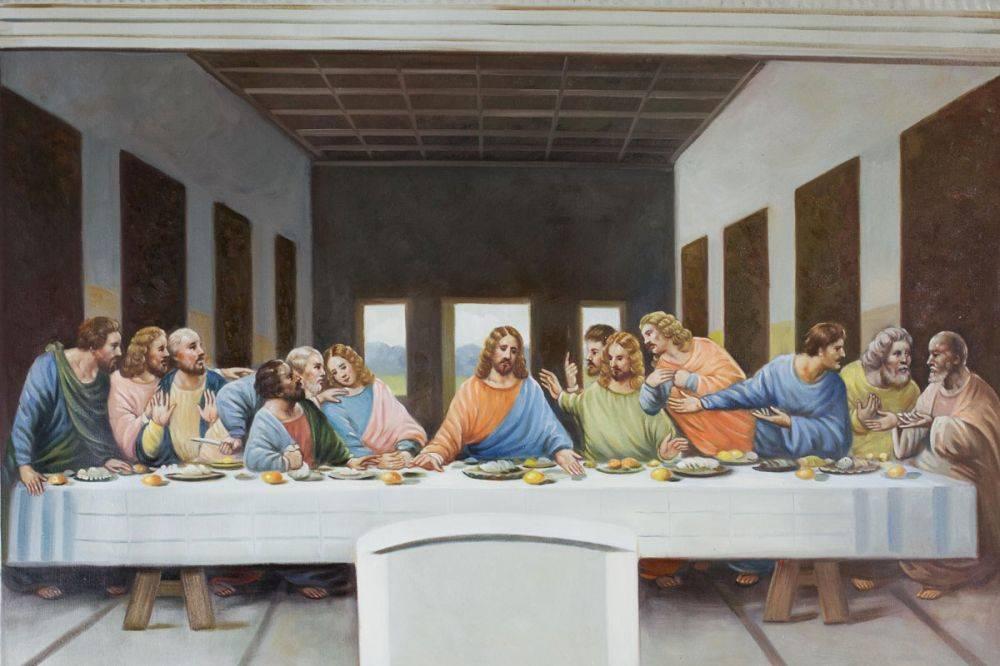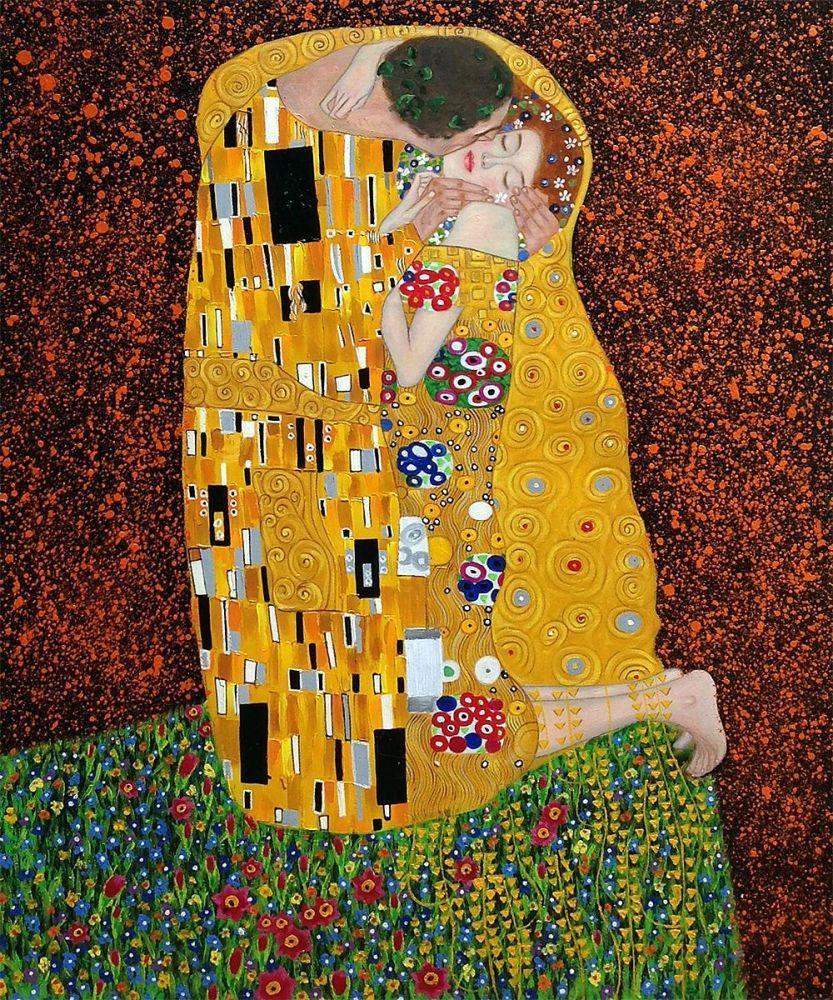Art
Matisse and Derain’s Fauvism and the Break from Impressionism
Fauvism art had its beginning at the turn of the twentieth century as a break from Impressionism. In 1905, Henri Matisse painted a series of works while staying in the small fishing port of Collioure along the Mediterranean with artist Andre Derain. The colors were vibrant and unmixed. These works showed at the Salon d’Automne in Paris (1905), where art critic Louis Vauxcelles called the works “wild beasts” or fauvs, a term which would later be applied to artists who painted in this style.
 After having applied the techniques of Post-Impressionism (Think Van Gogh or Gauguin) and Neo-Impressionism (Think Signac or Seurat), Henri Matisse avoided rendering three-dimensional space and focused instead on color planes. This can be seen in his work The Young Sailor I (1906), a portrait of then eighteen-year-old sailor Germain Augustin Barthélémy Montargès. Matisse adds a bit of theatrics and wit to the sailor’s expression.
After having applied the techniques of Post-Impressionism (Think Van Gogh or Gauguin) and Neo-Impressionism (Think Signac or Seurat), Henri Matisse avoided rendering three-dimensional space and focused instead on color planes. This can be seen in his work The Young Sailor I (1906), a portrait of then eighteen-year-old sailor Germain Augustin Barthélémy Montargès. Matisse adds a bit of theatrics and wit to the sailor’s expression.
This theatrical addition to the model’s expression becomes a component of the renderings of Fauvism artists. The aspect of emotionalism led some Fauvism artists to work in the style of Cubism, an art movement focusing more in the logical organization of geometric shapes, often abstracted in a puzzle-like manner. Though the art movement was not prevalent among some of the master artists we recognize today, the traits of Fauvism, such as the use of the color plane and expressive form, it still had its influence. The most popular Fauvism paintings include works by Henri Matisse, Andre Derain, Louis Valtat, Charles Camoin, Henri-Charles Manguin, Jean Puy, Othon Friesz, and Georges Rouauland influenced such artists as Max Pechstein and Natalya Goncharova. These artists rendered everything from female beauty, leisure, nature, and everyday beauty.
Fauvism had its share of naysayers at Salon d’Automne in Paris, but the movement also had many admirers. Gertrude and Leo Stein purchased Matisse’s Woman With a Hat (1905). The encouraged Matisse, whom had been dissuaded by the negative reviews. Artist Andre Derain is also seen as a father of the Fauvism movement. Derain’s The Pool of London exemplifies his ability to balance the Expressionist quality of Fauvism with the simplified form. What is astounding about is work is also the balanced use of cool and warm colors. Henri Matisse also was able to balance the expressive quality with his use of form and color palette. This is a technique that many of the artists who turned away from Fauvism could not seem to master, or perhaps they were too turned off by the idea of any idea of expressiveness. Fauvism art can be compared to Expressionism, but where the movements differ is the amount of expressive quality: Expressionists focused on this quality primarily and solely, and Fauvists focused primarily on compositional organization of the color plane, with this quality as a secondary aspect of the style. In fact, the German Expressionists eventually incorporated influences of French Fauvist techniques into their own style.
The growth of Fauvism is primarily attributed to the dedication that Henri Matisse and Andre Derain placed into the practice of the style. After the show at the Salon in 1905, Ambroise Vollard, a French art dealer, commissioned Andre Derainto create a series of paintings about London. Derain produced over thirty paintings in the vibrant colors of Fauvism. It is through such commissions, shows, and adaptation of technique that Fauvism’s legacy prevails, but this is not to be paralleled with the dedication of the fathers of Fauvism—Matisse and Derain. The fathers of Fauvism created a wildly vibrant movement which had an important voice and legacy within art history.




